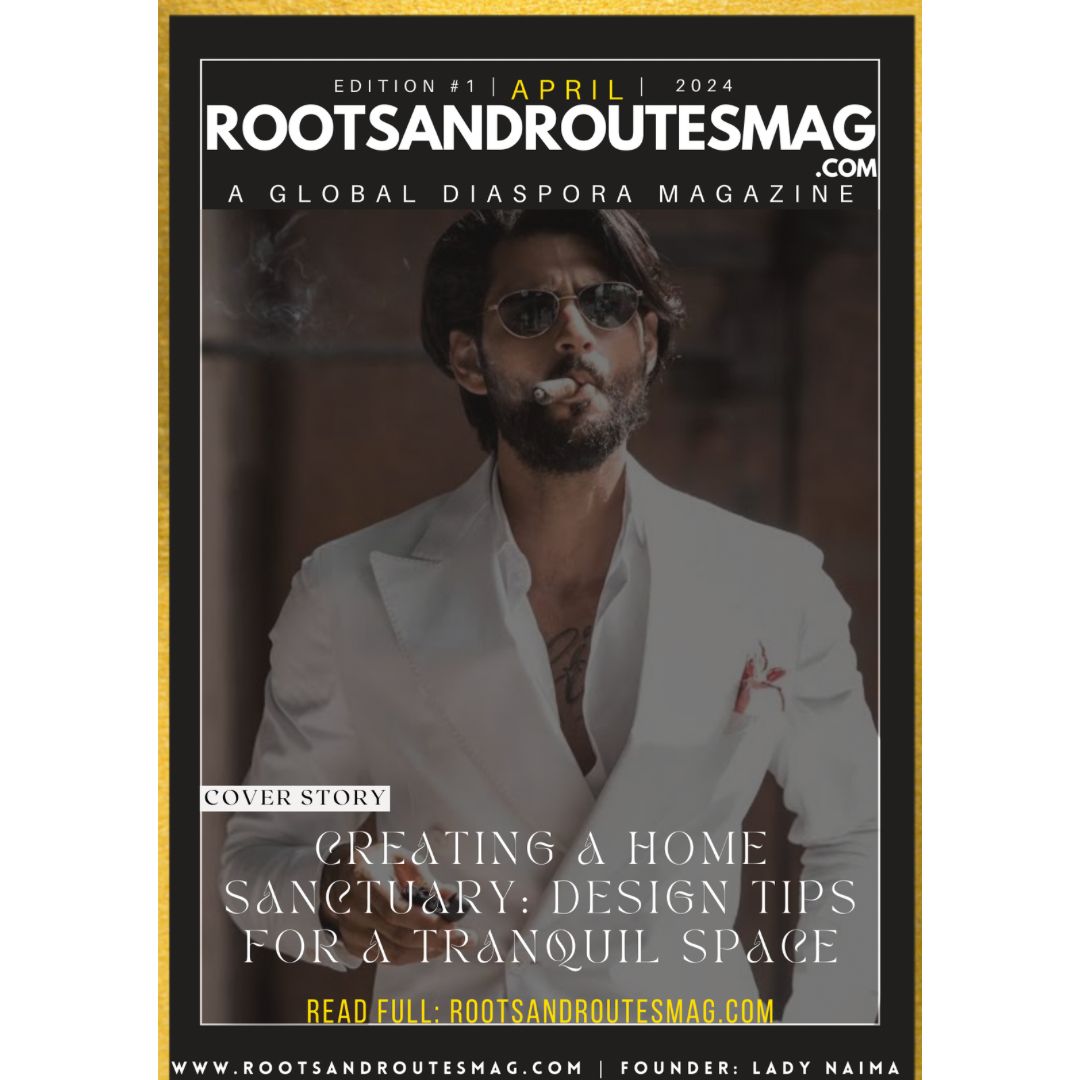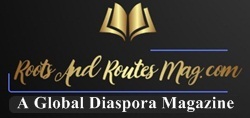Creating a Home Sanctuary: Design Tips for a Tranquil Space

Crafting an article that encapsulates the essence of uniqueness and originality while addressing the importance of avoiding plagiarism is a task that demands attention to detail and creativity. Plagiarism, the act of using someone else’s work without proper attribution, is not only unethical but can also have serious consequences in academic, professional, and creative spheres. Therefore, understanding the significance of producing original content is paramount in today’s information-driven world.
In this article, we delve into the intricacies of creating unique and plagiarism-free content, exploring techniques and best practices to uphold integrity while expressing creativity.
Embrace Your Voice and Perspective
One of the most effective ways to ensure uniqueness in your writing is to embrace your voice and perspective. Your experiences, insights, and opinions are inherently original, providing a distinct flavor to your content. Whether you’re crafting an academic essay, a journalistic piece, or creative prose, infusing your work with personal flair adds depth and authenticity.
Conduct Thorough Research
While drawing inspiration from existing sources is inevitable, it’s crucial to conduct thorough research and gather information from diverse perspectives. Engage with a variety of sources, critically analyze the material, and synthesize your findings into original insights and arguments. Avoid directly copying content from a single source; instead, strive to offer a fresh interpretation or synthesis of existing ideas.
Attribute and Cite Sources Properly
When referencing external sources, adhere to proper citation guidelines to give credit where it’s due. Whether you’re quoting directly, paraphrasing, or summarizing information, always cite the original author or source. Familiarize yourself with citation styles such as APA, MLA, or Chicago, and ensure consistency throughout your writing. Transparent attribution not only demonstrates academic integrity but also enriches your work by acknowledging the contributions of others.
Utilize Plagiarism Detection Tools
In an age where digital content proliferates across the internet, plagiarism detection tools serve as indispensable aids in maintaining originality. Platforms like Turnitin, Grammarly, and Copyscape help writers identify instances of unintentional plagiarism by scanning their work against vast databases of existing content. By leveraging these tools, writers can identify potential issues and rectify them before submitting their work.
Engage in Peer Review and Feedback
Seeking feedback from peers, mentors, or colleagues can offer valuable insights into your writing process. Peer review not only helps identify areas for improvement but also ensures that your work remains original and free from unintended plagiarism. By inviting constructive criticism and engaging in dialogue with others, you can refine your ideas and strengthen the integrity of your content.
Conclusion
In a world inundated with information, the quest for originality and integrity in writing is more pertinent than ever. By embracing your unique voice, conducting thorough research, properly attributing sources, utilizing plagiarism detection tools, and engaging in peer review, you can cultivate a writing practice rooted in creativity and integrity. Remember, the pursuit of originality is not merely a professional obligation but a testament to your commitment to ethical and impactful communication.

Tariq Riaz is a passionate web developer and content generation expert.








